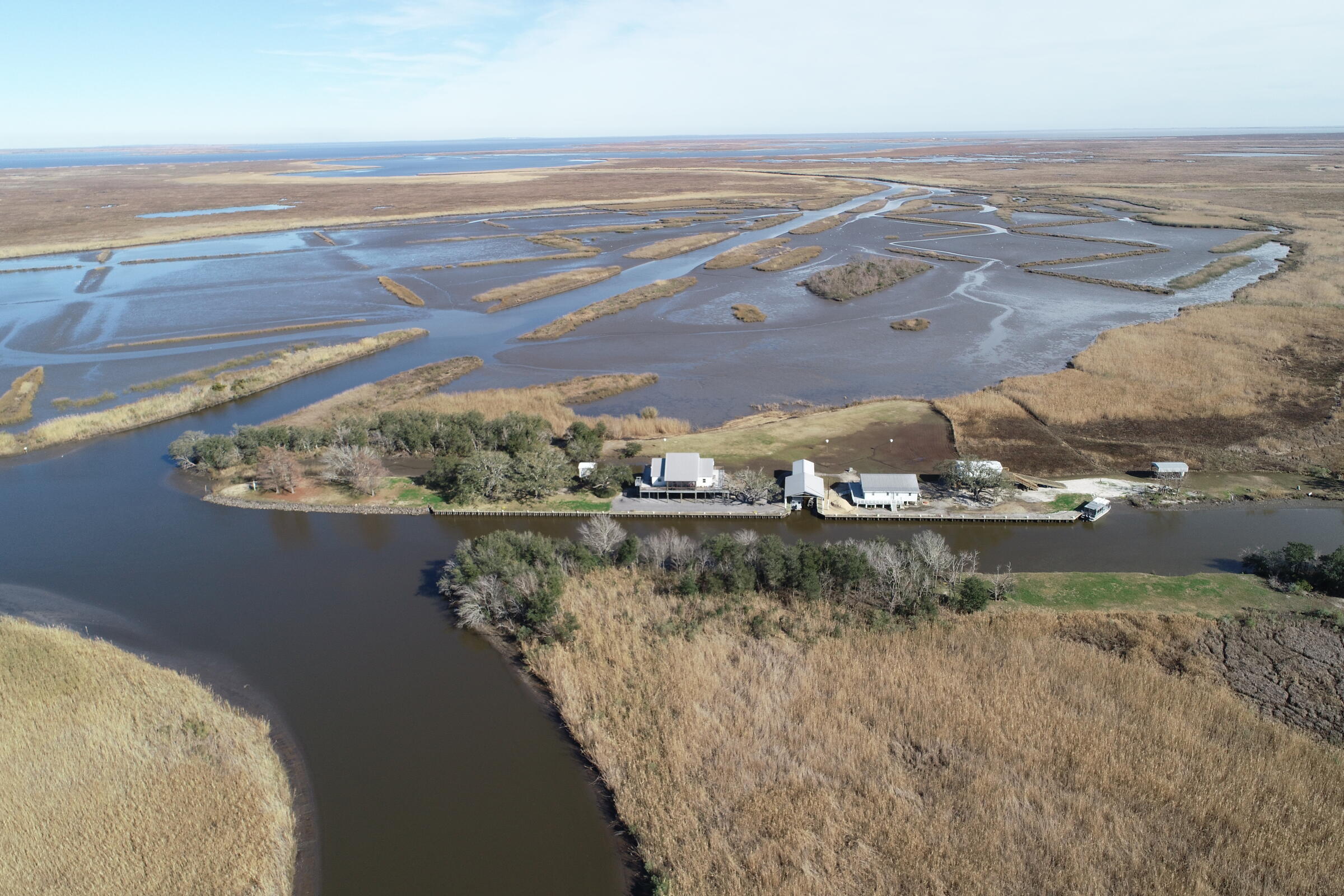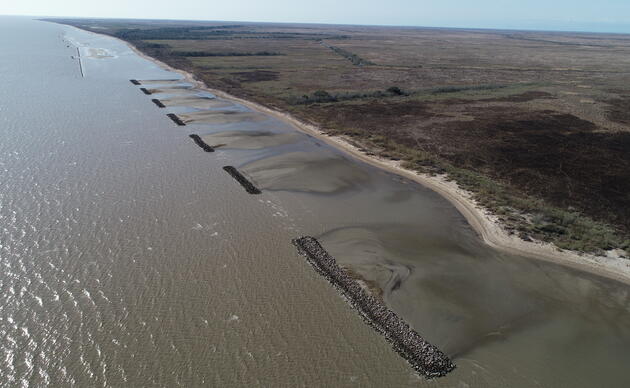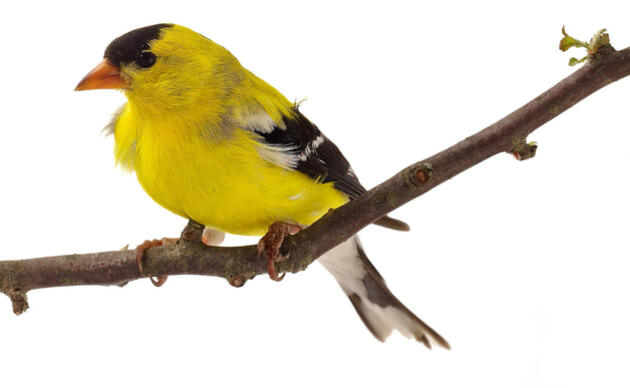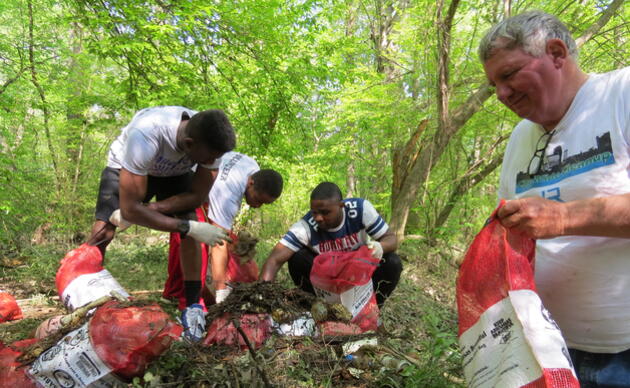Paul J. Rainey Wildlife Sanctuary has been instrumental in merging coastal marsh conservation and science to benefit coastal Louisiana communities benefit communities in coastal Louisiana.
For 100 years, Rainey has served and influenced coastal restoration and revival efforts by applying cutting-edge, natural infrastructure marsh restoration and hydrologic regulation techniques and demonstrating its benefits. It is home to over 250 bird species, including Yellow and Black Rails, Least and Gull-billed Terns, Green Herons, and occasionally Whooping Cranes.
The social impact of the sanctuary is enhancing coastal and community resilience, benefiting the people, businesses, and infrastructure of coastal Vermilion and Iberia Parishes. The sanctuary does this through increased and more sustainable storm-surge protection, decreased flood risk, and enhanced commercial and recreational fishery nurseries. The impact benefits low-lying communities in these areas, which are not protected by levees, making homes, businesses, agricultural lands, roads, shipping ports, and navigation canals more resistant to floods and storm surges. The sanctuary is an intermediate marsh, a globally threatened habitat disappearing quickly due to sea-level rise. Investing in restoration at Rainey helps the 2023 Louisiana Coastal Master Plan demonstrate substantial flood risk and economic damage reductions to low-lying communities in and around Abbeville, Erath, and Delcambre.
Another way that Rainey became a leader was through the Rainey Conservation Alliance. The alliance was created 2010 as a community-based conservation project that joined future private and public partnerships with community leaders. It has increased the association used across Audubon. The Rainey Conservation Alliances brings together five private landowners (including Audubon, who owns 26,000 acres) and an environmental engineering consulting firm to address the root causes of wetland loss by combining best practices in restoration with novel methods ignoring property boundaries to create, restore, and improve wetland health across 11% of Louisiana's coastline benefiting the birds, people, business, and infrastructure of coastal Louisiana. As oil spill money has been directed to state-led projects, it requires the pursuit of alternative private and public funds and partnerships with local landowners, municipalities, and communities who call this region home.
Rainey wants to continue making strides in the communities of Vermilion and Iberia Parishes and plans to continue developing creative strategies and implement long-lasting, resilient restoration projects that benefit the people in this region.
Check out the video highlighting the refuge.
How you can help, right now
Be a voice for birds
Join our Advocacy Team to receive action alerts about legislation and policy when Audubon Delta's birds need your voice.
Join Our Flock
Signing up is the best way to keep up with Audubon's latest news, programs and initiatives.





